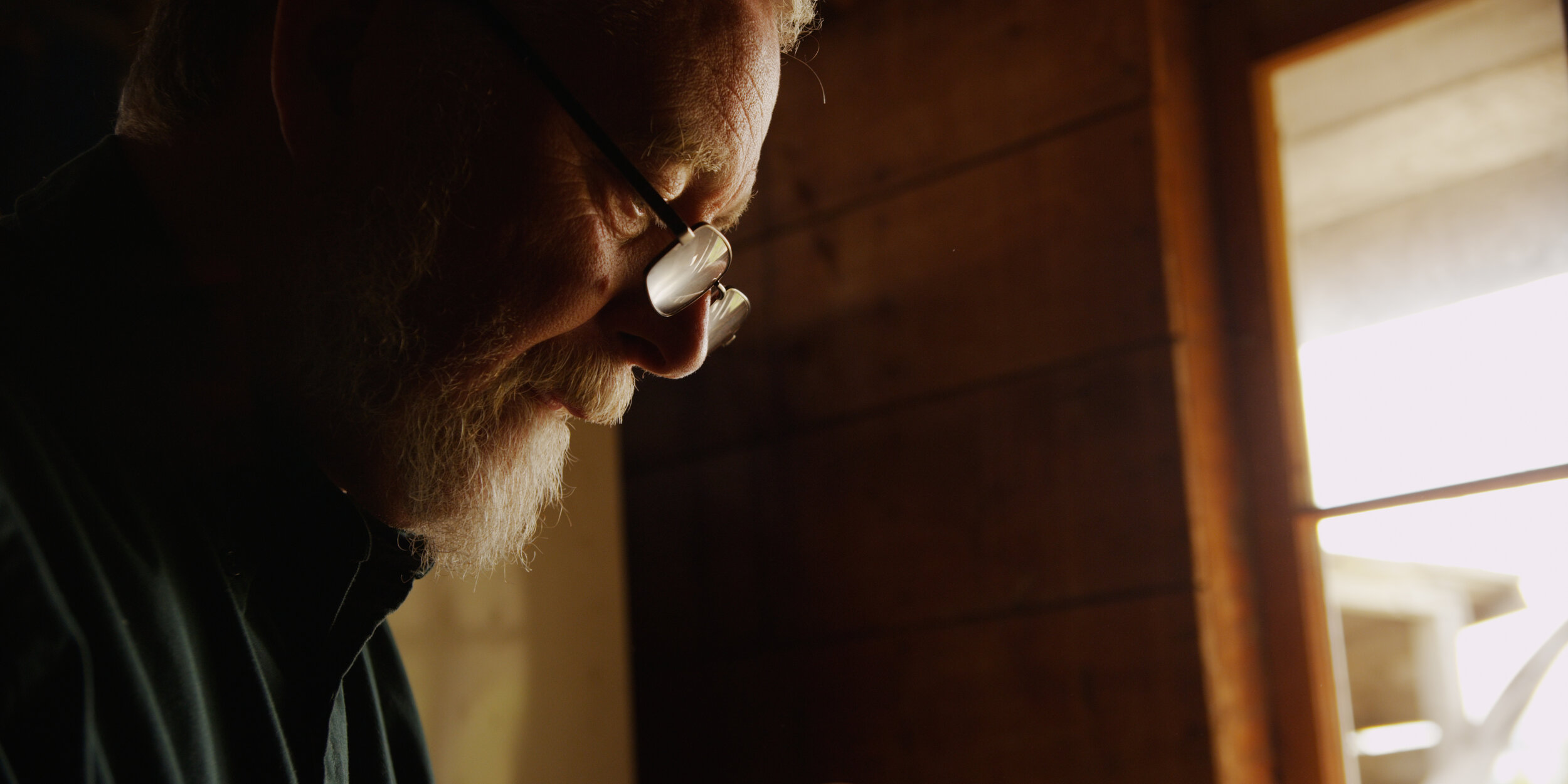Viewfinder | The Mystery of Soft Light
You may have heard filmmakers talking about hard light or soft light. What do those terms mean, exactly? Well... here’s a simple way to think about it.
Look at the shadow side of your star’s face. Where the bright area meets the dark area, is there a hard line at the transition? Or is there a soft gradation over the contours of her face (like this shot) where light meets dark? That’s the loveliness of soft light.
Where the bright area meets the dark area, is there a hard line at the transition? That’s created by hard light, in this case sunlight, which suits the feel and content of the shot.
Vittorio Storaro - Cinematographer on The Conformist, Reds, The Last Emperor was a master of both hard and soft light. Note that a scene can be high or low contrast and still lit softly. In this shot from The Conformist, Dominique Sanda’s face is lit with a beautiful soft source, while her hair and the specular elements of her veil are lit with a hard backlight. Hard light and soft light often work together.
In this shot from our short documentary The Villages we used natural hard light to bounce off of the table below. This is hard and soft light working together for a beautiful high contrast but soft source.
So what creates the quality of light, hard or soft? The fixture itself? Depends. Diffusion? Depends. My gaffer? Maybe. THE SIZE OF THE LIGHT SOURCE RELATIVE TO THE SUBJECT IS THE KEY TO HARD OR SOFT LIGHT. The larger the light source relative to your subject, the softer the light. Do not be confused by intensity, or the amount of light hitting your subject. Intensity is affected by the distance of the source from the subject (inverse square rule for the geeks out there), but intensity in itself has little to do with the gradation of light to shadow.
And finally, what is the goal exactly? The goal is to create light that is just right for the scene and invites the viewer to participate in the story.
“A cinematographer is a visual psychiatrist – moving an audience through a movie … making them think the way you want them to think, painting pictures in the dark.” — Gordon Willis





